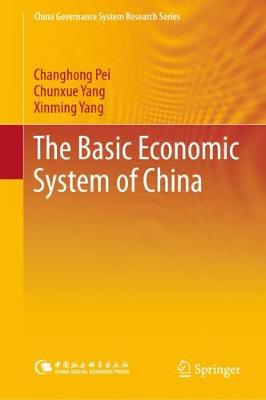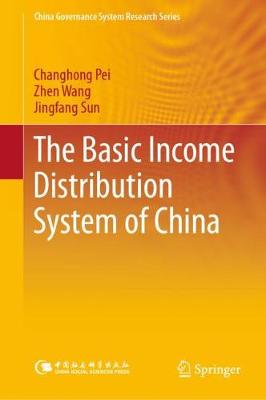China Governance System Research
2 total works
The Basic Economic System of China
by Changhong Pei, Chunxue Yang, and Xinming Yang
Published 4 July 2019
This book uses facts and data to prove that socialist public sectors are still in a predominant position in China. Based on previous research and studies, a set of methods for measuring the structure of public or non-public owned economy is offered in this book. As is remarked by the authors, China’s basic economic system, namely the system with the public sector remaining dominant and diverse sectors of the economy developing side by side, represents an efficient approach towards mutual benefit, common prosperity and peaceful co-existence.
The Basic Income Distribution System of China
by Changhong Pei, Zhen Wang, and Jingfang Sun
Published 29 March 2020
This book aims to explain and explore the distribution mechanism adopted by China, which prioritizes distribution according to performance while taking factors of production into consideration. This mechanism is designed in the context of current market-oriented economy, but it also leads to problems such as the widening income gap among the citizens. Besides serving for economic growth, the authors proposed balancing the interests through policies among different groups as one of the key role for distribution system, which may slow down or even stop the trend of widening income gap. And the authors also provided possible measures for this purpose.

